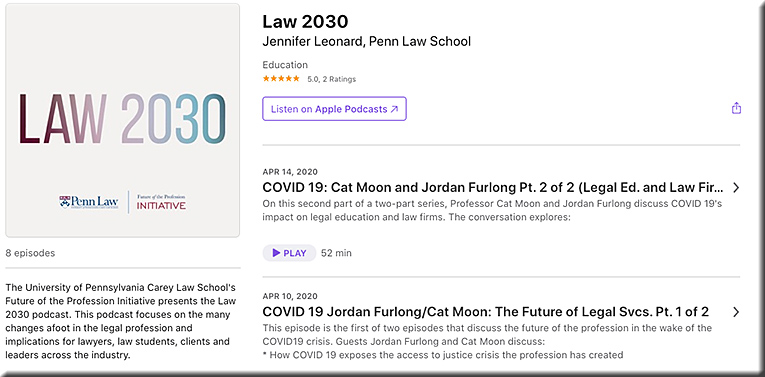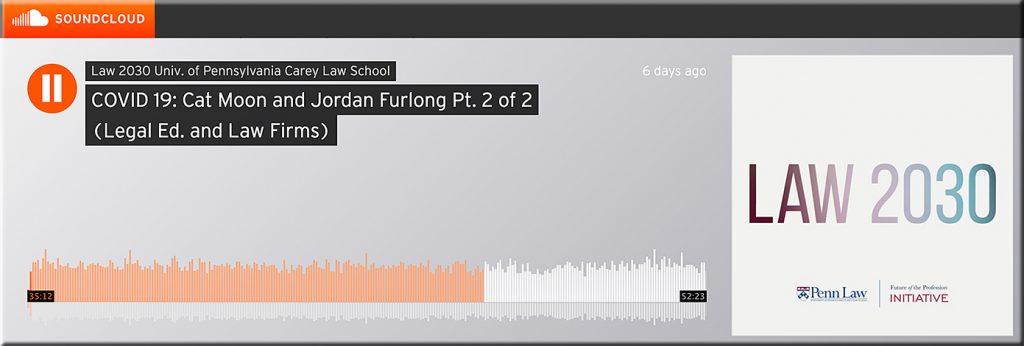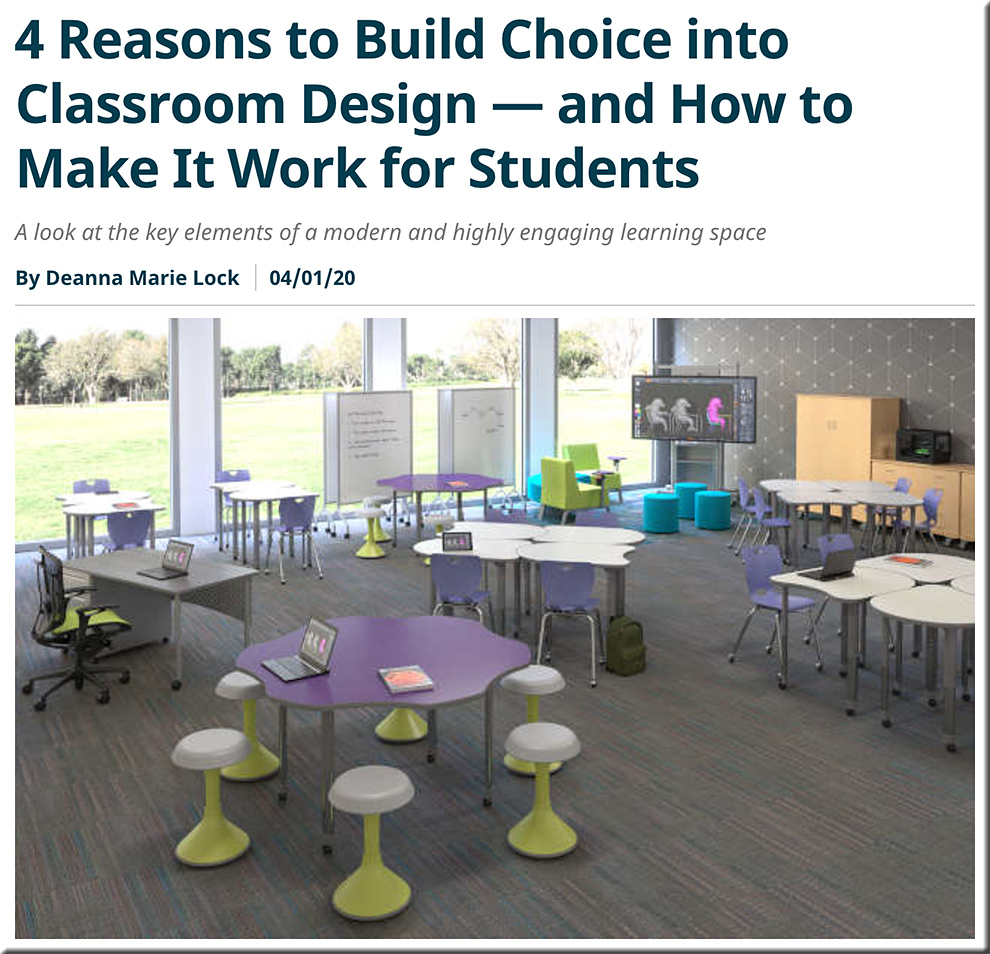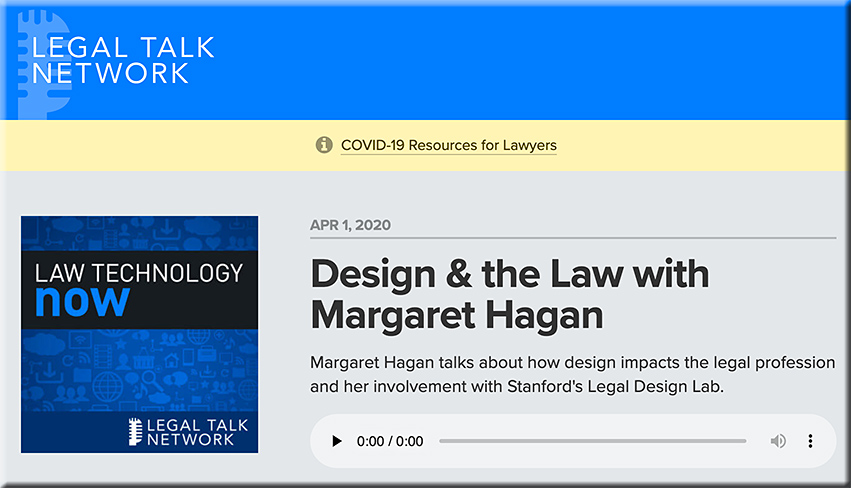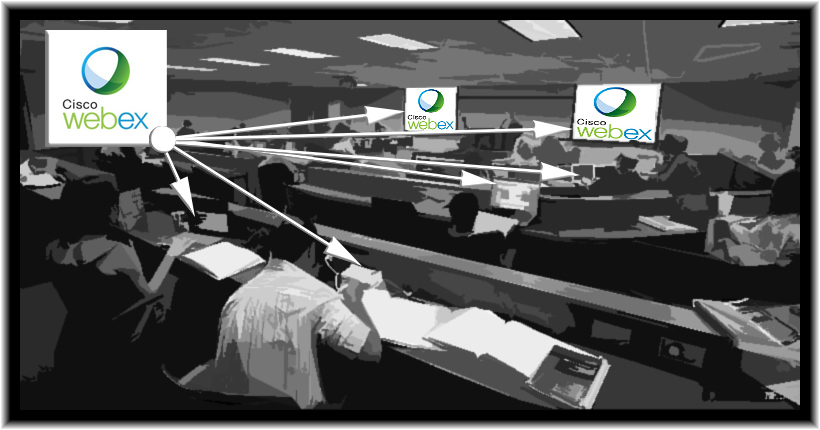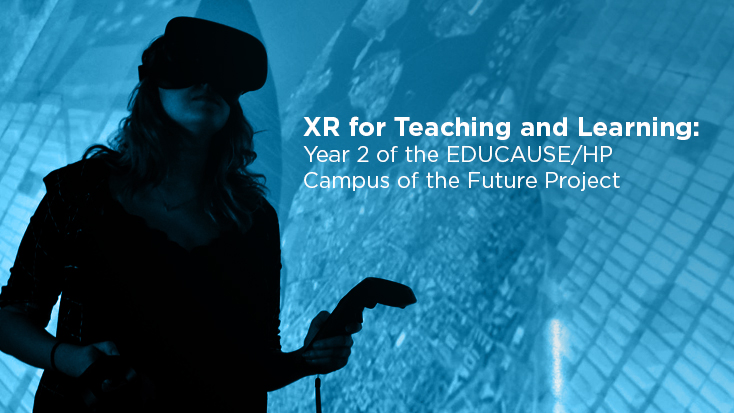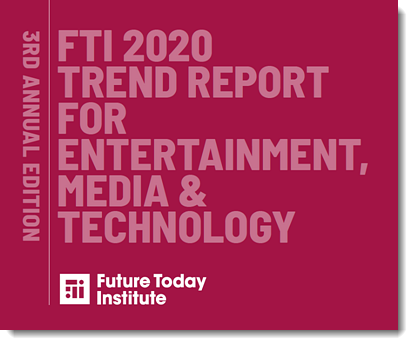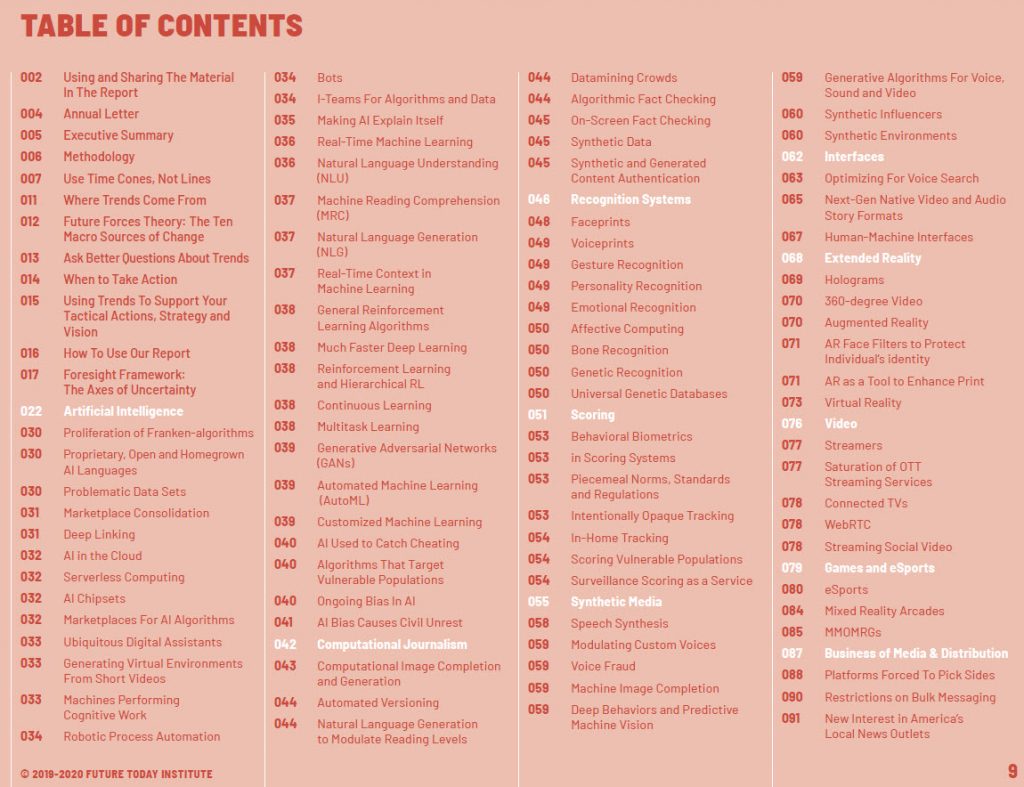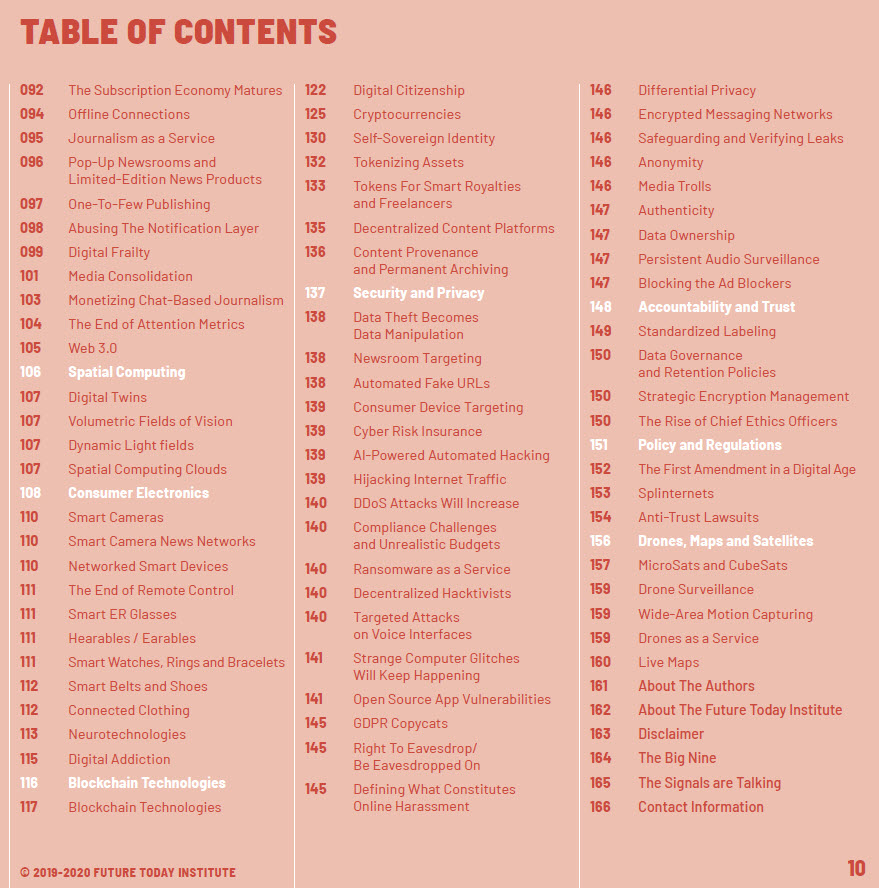L&D in Lockdown: What’s taking place? — from modernworkplacelearning.com by Jane Hart
Excerpt:
So what are L&D doing differently?
Zoom is still being used to power virtual sessions, but L&D folk are using different formats than traditional training, e.g.
- leaders’ talk shows
- virtual interactive sessions for staff to share how they are doing, what has inspired them, energised them, what they are learning and they will take into the future.
- virtual coaching to support people managing change and virtual working.
- 30-min “pop up” trainings on simple, urgent topics like MS Teams
Others in L&D are experimenting with new (for them) formats, e.g.
- book summaries and podcasts
- weekly newsletters on key topics, mostly to create faster distribution channels
- converting face to face items to virtual offerings in various forms, accelerating online access and remote learning campaigns
- curation of internal and external content
- experimenting with creative practice via an online platform (eg simple drawing exercises designed to help people learn, engage, relax, talk, draw, experiment)
- taking the time to reflect and make a better learning experience? Running things online that people said couldn’t be done virtually.
Also see:
- 5 Things You Must Do To Unlock Team Videoconferencing Potential — from learningsolutionsmag.com by Carmi Levy









